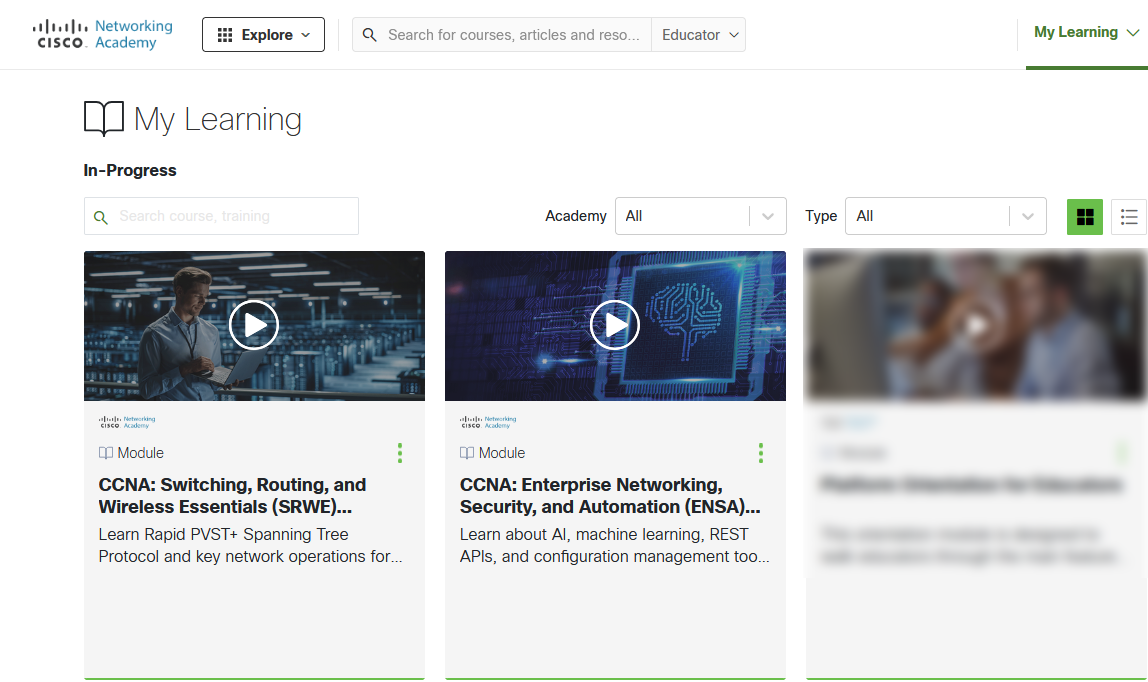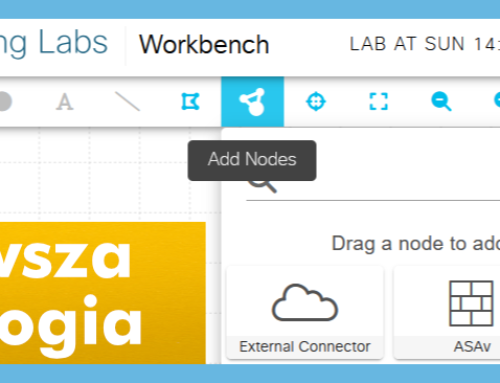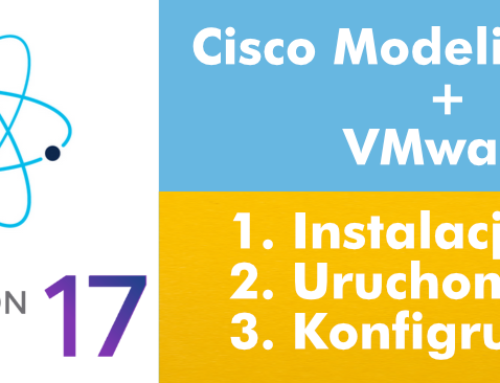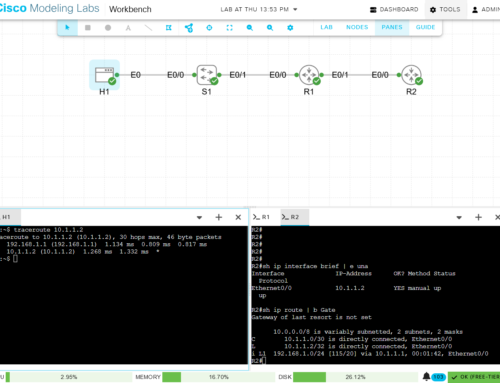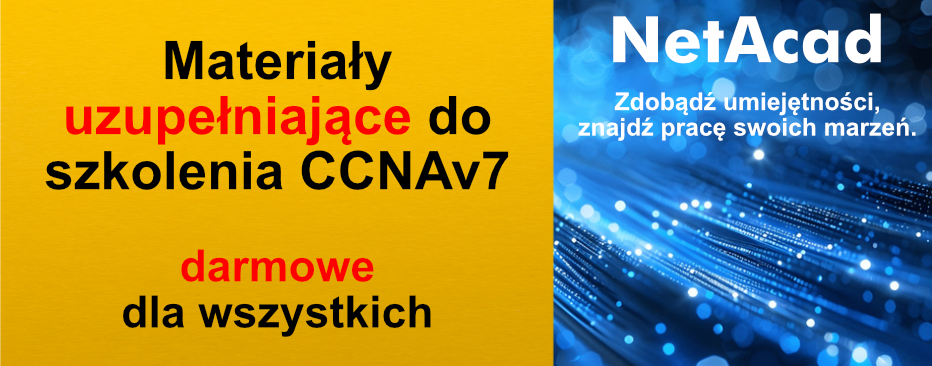
20 sierpnia 2024 r. Cisco wprowadziło nowy egzamin CCNA (200-301) w wersji 1.1. Zaktualizowane wymagania egzaminacyjne szczegółowo omówiliśmy w osobnym artykule. Teraz Cisco na platformie NetAcad opublikowało dwa moduły, które uzupełniają dotychczasowe materiały szkoleniowe CCNAv7 o najnowsze zagadnienia. Moduły są dostępne za darmo dla wszystkich użytkowników, a nie tylko aktywnych uczestników szkolenia CCNAv7 w ramach akademii Cisco.
Nowe moduły a dotychczasowy podział szkolenia CCNAv7
Szkolenie CCNAv7 podzielone jest na trzy części. Moduły uzupełniające są dwa ponieważ zawierają dodatkowe materiały do części II (SRWE) i część III (ENSA). W części I (ITN) nie ma zmian.
Jak otrzymać dostęp do materiałów uzupełniających?
Aby skorzystać z uzupełniających modułów, wystarczy posiadać konto na platformie NetAcad. Jeśli jeszcze go nie masz, zapoznaj się z naszym poradnikiem rejestracji na NetAcad, gdzie krok po kroku pokazujemy, jak je założyć.
Po zalogowaniu się na swoje konto, materiały będą dostępne pod poniższymi linkami:
Po wejściu na powyższe strony od razu otworzą się odpowiednie materiały uzupełniające, a klasy z nimi związane pojawią się na stronie głównej NetAcad w sekcji „My Learning” (patrz zrzut ekranu powyżej).
Uwaga
Aktualnie moduły uzupełniające dostępne są jedynie w wersji angielskiej, ale wszystkie pozostałe materiały do szkolenia CCNAv7 dostępne są zarówno w wersji angielskiej i polskiej.
Szczegółowa zawartość modułów uzupełniających
Materiały uzupełniające zostały bardzo solidnie przygotowane i obejmują wszystkie nowe zagadnienia, które pojawiły się na egzaminie CCNA (200-301) w wersji 1.1, w tym m.in. tematy takie jak rozszerzenia do STP, zastosowanie AI w sieciach komputerowych, automatyzacja z użyciem Ansible i Terraform.


